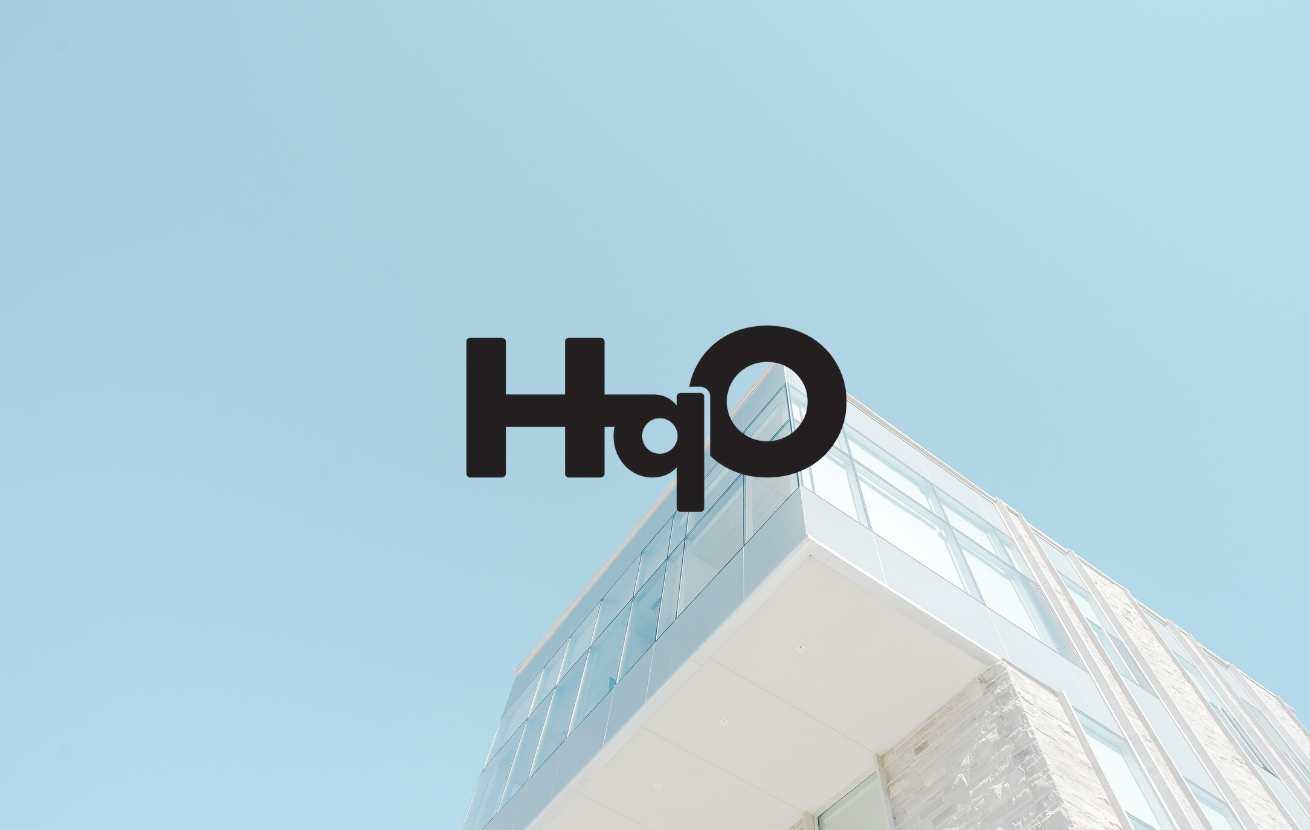The benefit of tenant experience (TeX) software seems straightforward on the surface: with TeX software in place, commercial real estate owners can offer the end users of their property — the entire tenant population — a delightful tech-enabled workplace experience. An experience that most consumers have come to expect, via the mobile device they carry with them everywhere they go.
But what we’ve come to learn in the still early days of the creation of this “TeX” proptech category is that initial value prop only scratches the surface of the benefits CRE professionals will realize with TeX software.
Depending on the CRE investment strategy, property owners are always looking to make a return. Whether it’s holding on a core investment with low risk and predictable cash flow for the longterm, or flipping a value-add investment with higher risk/return in the shorter-term, there is a case for leveraging TeX software to amplify each investment type.
We’ve worked with a few clients who invest in different asset types and see the benefit of TeX software at each stage of an asset’s lifecycle:
- Holding – we work with a number of landlords that are known for having a sharp focus on value-add investments, adaptive reuse, and maximizing value for the tenant for predictive income and longterm return. Placing a focus on tech-enabled experiences for tenants accomplishes a lot for these owners – levels up their brand, creates a better relationship between property teams and end users of the building, and ensures their tenant and property focused capex and opex are always optimized based on data and tenant feedback.
- Flipping – we’ve worked with CRE players known for making big bets on opportunistic assets where risk-reward is the highest. While TeX software will hardly be the main or only force driving the sale of a property, having TeX software in place can signal to buyers that a premium tenant experience and tech optimization is already underway and driving value.
Regardless of the types of asset you invest in, TeX software consistently maps to and maximizes investment goals for return. Here’s how we see TeX software impacting and maximizing every stage in the lifecycle of a building:
For property owners that are focused on leasing up space and increasing occupancy, TeX software can provide immediate value. Short-term, it’s incredibly helpful for leasing teams and brokers to demonstrate to prospective tenants not only that the property is tech-savvy and has a mobile interface that enhances everything they do during their workday. It also provides a game-changing piece of marketing collateral for brokers who often struggle to find and capture every single amenity at the property that could tip the scale for inquiring tenants. TeX software provides one central location for brokers to show off what it’s like to actually work at the property every day – the neighborhood and onsite amenities, experiences, events, and on-demand services that are available to tenants.
Longterm, TeX software helps improve the brand and reputation around what a tenant can expect to experience if they work at your property. Eventually, TeX software will help landlords differentiate their property from the competition (other buildings in the same asset class, in the same city, etc.) by benchmarking their overall tenant experience to the industry standard with data.
We frequently discuss the benefits of TeX software to enhance ongoing property operations and tenant satisfaction. It’s certainly proving helpful as owners and property teams transform their real estate from a physical asset business to a user experience business.
For tenants, TeX software provides a mobile interface that enhances their daily routine and makes it more convenient, informative, delightful, and streamlined. For marketing and HR teams at tenant companies, this is one more feather in their cap when it comes to promoting perks, culture, and all of the various components of attracting talent to their company. It makes that office building impossible to leave when maintaining company success and scaling recruitment.
For landlords, TeX software is not only helping to create a better experience at their property in the short-term, it’s also helping them to become data-driven decision makers about investments at their properties for tenants in the longer-term. Ultimately, TeX software will drive property value and increase NOI by attracting new tenants (see “Fill Space” above), improving tenant retention, and creating new revenue streams.
For the CRE organizations in search of opportunity investments they can flip and sell quickly, TeX software has a new role in this strategy.
As a premium, tech-enabled workplace experience becomes a more mainstream requirement for tenant companies, TeX software will become more widely adopted and expected in office buildings. For buyers, buildings that already have a TeX infrastructure in place will check a box that never needed to be checked in the past. It is increasingly becoming a value add for individual tenant businesses and for the overall value of the property.
Additionally, sellers will own incredibly valuable anonymized tenant data that will have helped them create an efficient property experience that can be passed on to the buyer. Tenant data will be an unmatched and useful selling point, currently untapped in the property exchange process.
Have questions about how TeX software can improve the value of your investment throughout the lifecycle of the asset? Chat with our experts today.






